The content of the article
Not each of us has a medical education, but everyone should know the basic features of the human body. Check the work of the heart and in general, the presence of life in the body can be on the pulse. Pulse is an oscillation of the blood artery that coincides with the work of the heart muscle. You can judge by the pulse how the heart works. It is not difficult to measure the pulse, you need to firmly put your fingers to your wrist and find a pulsating artery, which is located slightly above the thumb. If the pulse is rhythmic, then 30 seconds are detected, during which the number of oscillations is counted. Then the resulting number is multiplied by two. If the pulse is uneven, consider the number of heart contractions in a whole minute. Pulse - the value is not fixed, in one person it can change hundreds of times a day. The pulse rate of a healthy person is 60-80 beats per minute. But many factors can affect the heart rate.
What determines the pulse of a healthy person?
When measuring a pulse, you need to know about many features that can affect its frequency. We are talking about physiological changes in heart rate, without pathologies of the heart.
- Physical activity. Most often, the pulse increases with physical activity, when the body's oxygen demand increases. Even a slight rise on several floors raises the pulse of a person, especially an unprepared person.
- Emotions The heartbeat is very sensitive to any emotional changes in the body. Fright, fear, joy, anxiety, anxiety - all this can lead to increased heart rate. One well-known cardiologist said that in his youth he could not diagnose a healthy young guy whose heartbeat periodically increased, otherwise all the indications were normal. It turned out that it was a simple love. When a nurse entered the doctor’s office, the guy’s heart worked twice as fast, when she went out, the heart calmed down.
- Sleep. When the body is asleep, it consumes a minimum of calories, energy consumption is greatly reduced, and the pulse slows down. Even a simple lying position leads to a slowdown in heart rate. And the pulse depends on the time of day - after lunch it becomes maximum.
- Floor. The pulse of a woman is physiologically greater than that of a man.
- Food. The body spends a lot of calories on the digestion of food, the digestion process makes the pulse accelerate, which means that after eating, heart rate increases, especially after a heavy and fatty meal. In addition, after consuming strong tea, coffee and energy drinks, the pulse also accelerates.
- Age. The younger the child, the faster his pulse. Healthy newborn babies in a calm state have an average heart rate of 140 beats per minute. Up to a year, the figure drops to 132 hits. A child of 5-6 years old has an average of 100 beats per minute, a 10-year-old child has 85 strokes, adolescents - 75, etc. Remember that we are talking about an average indicator, the upper and lower limits of the norm can vary by 20 strokes in both directions.
- Medication. Taking certain medications may affect heart rate. Among them are medicines for the heart, antipsychotics, sedatives, etc.
Heart rate depends on the general condition of the body. If a person is in pain, his heart rate rises. At high temperatures, heart rate rises by 10 units with each "extra" degree. The pulse may increase after sex or massage, as well as if you are in a hot and stuffy room. Cardiologists know about all these factors, which take into account external influences on the body.But if a person is absolutely healthy and calm, his pulse can be increased or decreased, this indicates serious violations in the body.
Causes of an Increased Heart Rate
The frequency of the maximum permissible human pulse is determined as 220- (age). If you are 30 years old, then the maximum allowable heart rate is 190 beats per minute. But this implies an excessively high load, at the limit of possibilities. As a rule, when physical exercises cease, the pulse of a healthy person returns to normal after 5 minutes. What can be the reasons for an increased heart rate without physical and emotional stress?
- If a person’s pulse is above 90 beats per minute at rest, we can talk about tachycardia, which most often indicates various changes in the work of the cardiovascular system.
- Sometimes an increase in heart rate can indicate damage to the nervous system.
- Endocrine disorders, and especially increased thyroid activity, can cause an increase in heart rate.
- The pulse can increase in the presence of infectious diseases, malignant and benign tumors in the body, with dehydration and vomiting.
- In women, the pulse rises during pregnancy, menopause, during menstrual bleeding, with anemia.
With an increased pulse, which retains its values for a long time, you should definitely consult a cardiologist. Especially if it is accompanied by dizziness, shortness of breath, chest pain, darkening in front of the eyes or loss of consciousness.
Causes of Low Heart Rate
From ancient times, the pulse was considered one of the main indicators of human health. In the eastern school of pulse diagnostics, there is a legend about the famous doctor Bian-Qiao, who was entrusted with treating the daughter of a very notable person. The complexity of the diagnosis was that the girl could not be touched, she could not be looked at. The doctor gave the order to tie a thread to the girl’s wrist, on the other end of which to tie an inflated ball. By fluctuating the ball, the doctor determined the pulse of the girl and was able to make her the correct diagnosis. Today, the pulse is one of the first symptoms of various disorders in the body. That is why you need to monitor your heart rate and measure it in various conditions.
Video: which pulse is considered normal and which is hazardous to health

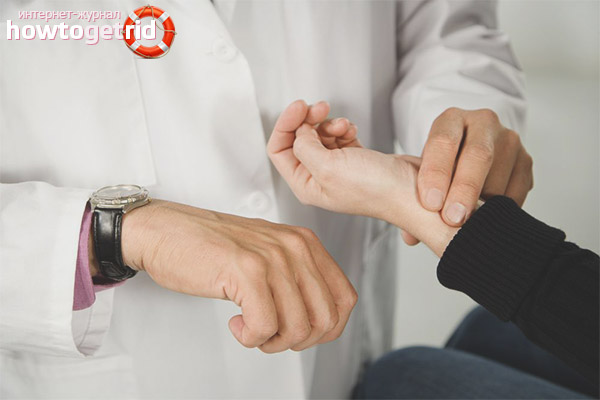
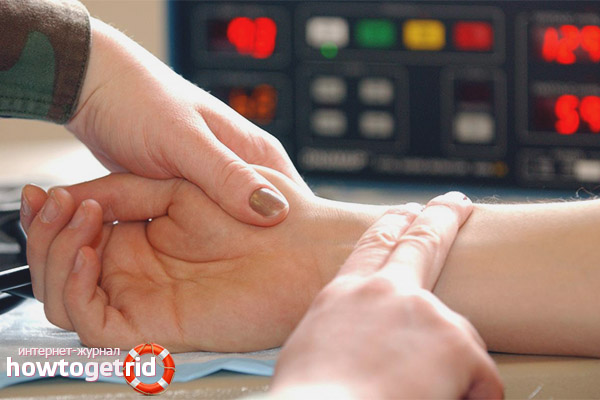
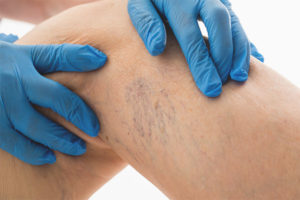

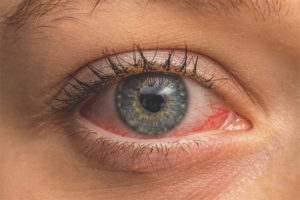

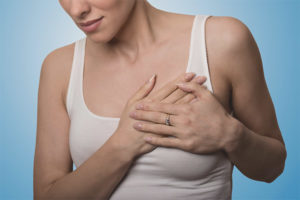



Submit